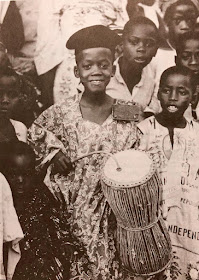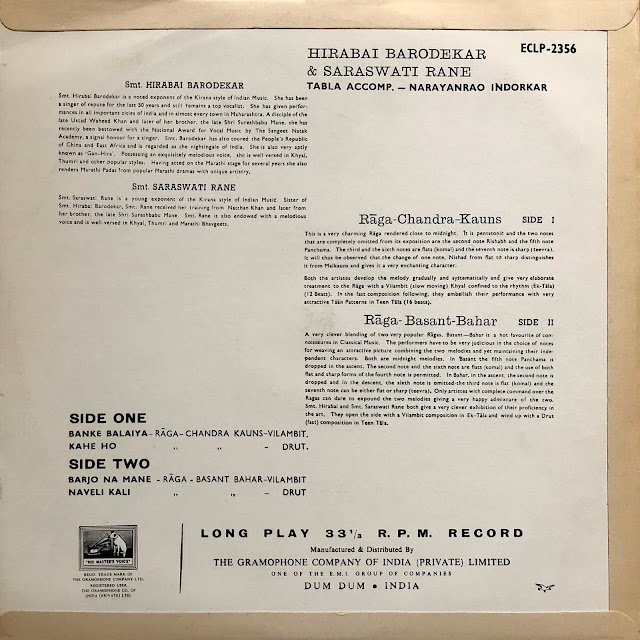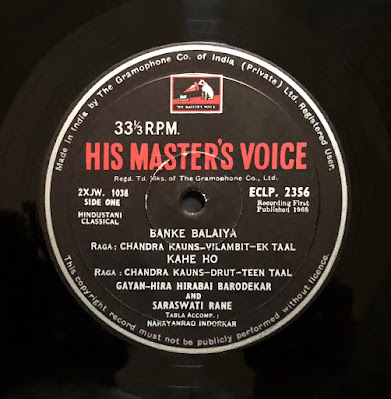RUSSIA – RUSSIE
Encyclopédie des Musiques Sacrées – Chants Liturgiques de la Tradition Russe – Disque 3 – Erato / Editions Labergerie, 1968 (Vinyl 7'', 33 RPM)
Thank you João for sharing this stunning box set.
The above photograph is from Les Icônes by Kurt Weizmann, Gaiané Alibegasvili, Aneli Volskaya, Goddana Babic, Manolis Chatzidakis, Mikhaïl Alpatov, and Teodora Voinescu, Fernand Nathan publishing, 1982:
The Adoration of the Cross, Novgorod, 12th Century.
Encyclopédie des Musiques Sacrées – Chants Liturgiques de la Tradition Russe – Disque 3 – Erato / Editions Labergerie, 1968 (Vinyl 7'', 33 RPM)
This Encyclopedia of Sacred Music box set published in 1968 contains eight 7” 33 rpm:
The Jewish Traditions (Disc 1), The Christian Traditions: Gregorian and non-Gregorian Chants (Disc 2), Liturgic Chants of the Russian Tradition (Disc 3), Christian Traditions: Huguenot and Lutheran (Disc 4), Islamic Traditions: Call to Prayer and Ceremony of the Mevlevi Dervishes (Disc 5), African Traditions: Central African Republic (Disc 6), Traditions of the East: India (Vedic, Qawwali, Tamil) and Buddhist Traditions from Japan and Tibet (Disc 7), Other Eastern Traditions: Japanese Buddhism, Chinese Taoism, Shinto (Disc 8).
The Russian Orthodox chants we share here were recorded in Paris, which hosts many Russian Orthodox churches, and welcomed some 250,000 Russians refugees fleeing the 1917 October Revolution who brought along their culture and religious traditions.
The program of short tracks features Liturgical chants in unison (A1), Liturgical octave chants (A2), Liturgical chants with two voices – thirds and fifths (A3), Liturgical polyphony with 3 voices with dissonant harmonies (A4), Parish style chants for 4 mixed voices (B1), Cathedral style chants for 4 to 8 mixed voices (B2), and Monastic chants for equal voices (B3). The performers here are Ensemble Liturgique de l’Institut Saint-Serge, Paris, conducted by Nicolas Ossorguine (A1-A3, B3); Nicolas Kedroff, Evgeny Evetz and Nicolas Evetz (A4) and Ensemble Vocal de la Jeunesse Russe à Paris conducted by Evgeny Evetz (B1,B2).
Cette Encyclopédie des musiques sacrées, publiée en 1968 sous la forme d’un coffret de huit disques présente:
The program of short tracks features Liturgical chants in unison (A1), Liturgical octave chants (A2), Liturgical chants with two voices – thirds and fifths (A3), Liturgical polyphony with 3 voices with dissonant harmonies (A4), Parish style chants for 4 mixed voices (B1), Cathedral style chants for 4 to 8 mixed voices (B2), and Monastic chants for equal voices (B3). The performers here are Ensemble Liturgique de l’Institut Saint-Serge, Paris, conducted by Nicolas Ossorguine (A1-A3, B3); Nicolas Kedroff, Evgeny Evetz and Nicolas Evetz (A4) and Ensemble Vocal de la Jeunesse Russe à Paris conducted by Evgeny Evetz (B1,B2).
Cette Encyclopédie des musiques sacrées, publiée en 1968 sous la forme d’un coffret de huit disques présente:
Les traditions juives (disque 1), les traditions chrétiennes: chants grégoriens et non grégoriens (disque 2), les chants liturgiques de la tradition russe (disque 3), les traditions chrétiennes: huguenots et luthériens (disque 4), les traditions islamiques: appel à prière et cérémonie des derviches mevlevi (disque 5), les traditions africaines: République centrafricaine (disque 6), les traditions de l'Extrème-Orient: Inde (traditions védique, Qawwali, tamoul) et bouddhiste (Japon, Tibet) (disque 7), les autres traditions de l'Extrème-Orient: bouddhisme japonais, taoïsme chinois, shintoïsme (disque 8).
Les chants orthodoxes russes que nous partageons ici ont été enregistrés à Paris, qui abrite de nombreuses églises orthodoxes russes, et qui s’est enrichie de 250 000 réfugiés russes fuyant la Révolution d'octobre de 1917 et qui ont apporté leur culture et leurs traditions religieuses.
Le programme de morceaux courts comprend des chants liturgiques à l'unisson (A1), et à l'octave (A2), des chants liturgiques à deux voix - tierces et quintes parallèles (A3), une polyphonie liturgique à 3 voix aux harmonies dissonantes (A4), des chants de style paroissial pour 4 voix mixtes (B1), des chants de style cathédrale pour 4 à 8 voix mixtes (B2) et des chants monastiques pour voix égales (B3). Les interprètes sont l’Ensemble liturgique de l’Institut Saint-Serge de Paris, dirigé par Nicolas Ossorguine (A1-A3, B3); Nicolas Kedroff, Evgeny Evetz et Nicolas Evetz (A4) et l’Ensemble vocal de la jeunesse russe à Paris dirigé par Evgeny Evetz (B1, B2).
Thank you João for sharing this stunning box set.
Download
The above photograph is from Les Icônes by Kurt Weizmann, Gaiané Alibegasvili, Aneli Volskaya, Goddana Babic, Manolis Chatzidakis, Mikhaïl Alpatov, and Teodora Voinescu, Fernand Nathan publishing, 1982:
The Adoration of the Cross, Novgorod, 12th Century.































